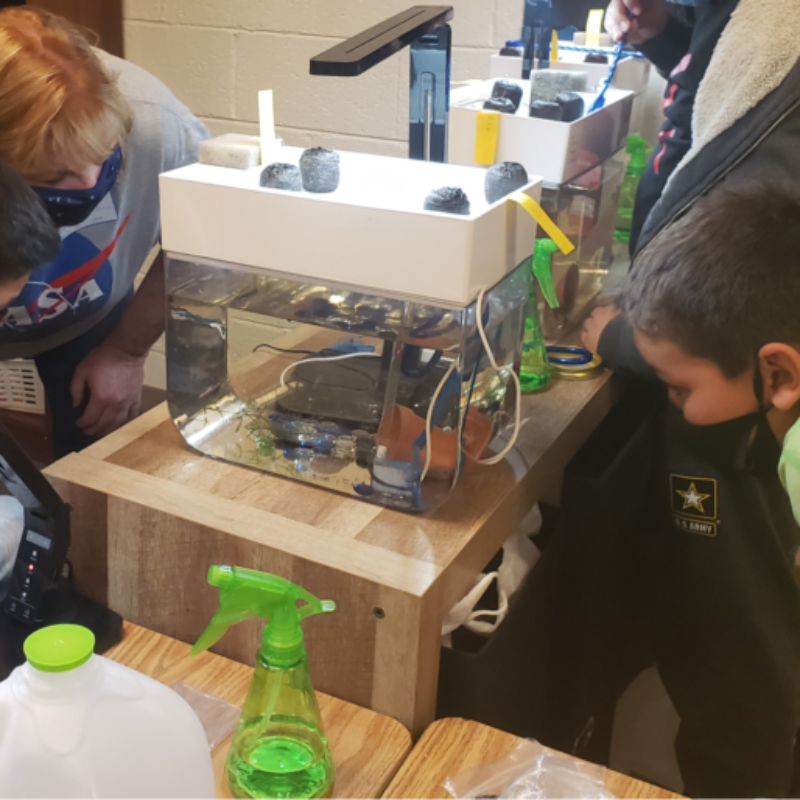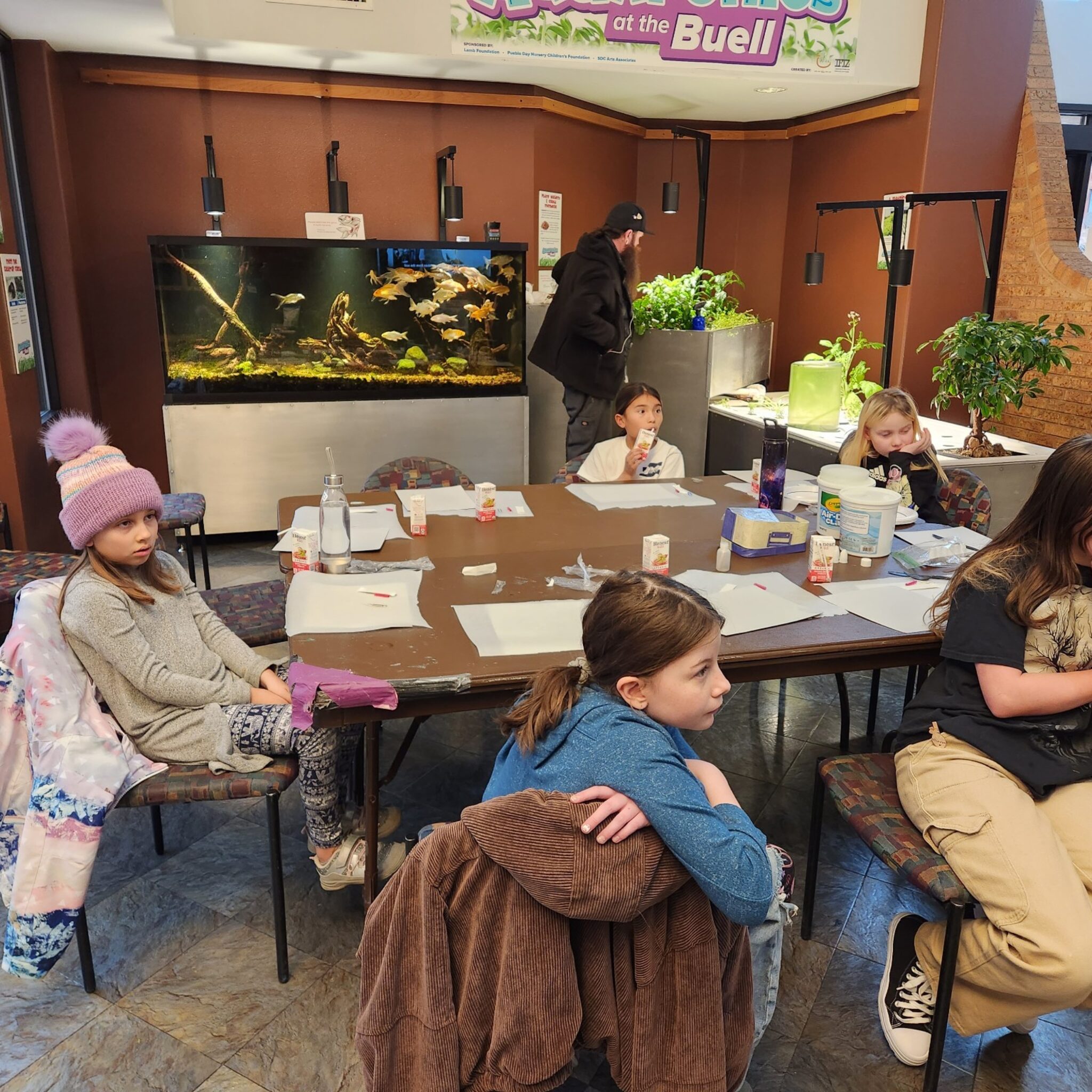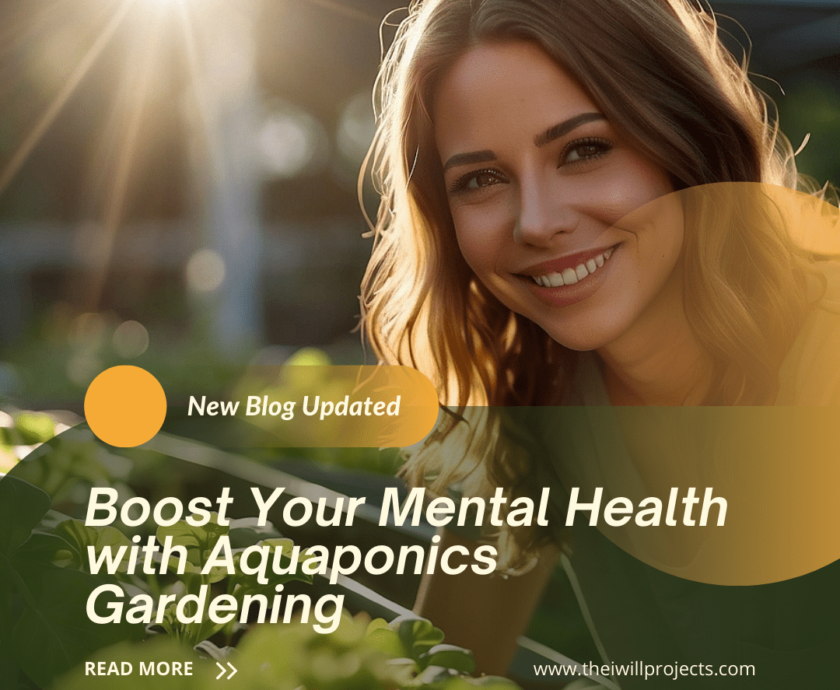Table of contents
Aquaponics is a system of aquaculture in which the waste produced by farmed fish or other aquatic animals supplies nutrients for plants grown in water. The plants in turn purify the water, providing a natural habitat for the fish.
Aquaponics is not a new concept and has been used for thousands of years in various cultures around the world. The earliest known examples of aquaponics date back to the Aztecs and the Chinese.
Aquaponics is a sustainable food production system that can be used to produce both fish and vegetables. It is a great way to produce fresh, healthy, and delicious food all year round!
In this article, we will be discussing the 15 best vegetables to thrive in an aquaponic system.
1. Radishes
Radishes are one of the fastest-growing vegetables around and a great addition to an aquaponic system. They have strong roots that help aerate the soil and absorb nutrients from the water, making them ideal for aquaponics. Radishes also have a high water content, so they’re perfect for hot summer days or when you need a quick snack.
2. Lettuce
Lettuce is another fast-growing vegetable that does well in an aquaponic system. It has shallow roots that make it easy to grow in floating rafts or media beds. Lettuce is a cool weather crop, so it’s best to grow it in spring or fall when temperatures are moderate.
3. Spinach
Spinach is a nutrient-rich leafy green that grows well using aquaponics. It has shallow roots and prefers cooler temperatures, so it’s best to grow spinach in spring or fall. Spinach is a versatile vegetable that can be used in salads, soups, quiches, and sandwiches.
4. Swiss Chard
Swiss chard is a nutrient-rich leafy green that grows well with aquaponics. It has deep roots and prefers cooler temperatures, so it’s best to grow swiss chard in spring or fall. Swiss chard is a versatile vegetable that can be used in salads, soups, quiches, and sandwiches.
5. Tatsoi
Tatsoi is a type of flat-leaf mustard that grows well using aquaponics. It has deep roots and prefers cooler temperatures, so it’s best to grow tatsoi in spring or fall. Tatsoi has a mild flavor and can be used in salads or stir-fries.
6. Turnip Greens
Turnip greens are the leafy greens of turnips. They grow well using aquaponics and prefer cooler temperatures, so they’re best to grow in spring or fall. Turnip greens have a slightly bitter flavor and can be used in salads, soups, or stir-fries.
7. Herbs
Aquaponic systems are ideal for growing herbs because the plant’s roots benefit from the nutrient-rich water created by the fish waste. Herbs also prefer warmer temperatures and lots of sunlight, so they should be grown in spring or summer. Basil, oregano, rosemary, thyme, mint, parsley, cilantro and dill are all popular herbs to grow in aquaponic system.
8. Watercress
Watercress is a fast-growing leafy green that likes cool temperatures and lots of water. It has a peppery flavor and can be used in salads, soups, sandwiches, and wraps. Watercress grows best in the spring and fall seasons.
9. Radish Greens
Radish greens are the nutrient-rich leaves of radishes that often get discarded. But these greens are actually quite tasty and nutritional. Radish greens can be used in salads, soups, and stir-frys. They have a slightly spicy flavor and are best harvested when they’re young. Do radish greens make you poop? Radish greens are a source of dietary fiber, which is beneficial for promoting regular bowel movements. Additionally, radishes contain water and electrolytes, which can help to soften stool and make it easier to pass.
10. Tomatoes
Tomatoes are a great option with aquaponics for a number of reasons. They are relatively easy to grow, they are popular with consumers, and they have a high yield. In addition, tomatoes can be grown in a wide range of climates, making them a viable option for commercial growers in many parts of the world.
If you are considering tomatoes for aquaponics, there are a few things you should keep in mind. First, tomatoes need a lot of light, so you will need to provide adequate lighting for your plants. Second, tomato plants can be susceptible to disease, so it is important to choose a variety of that is resistant to the pests and diseases in your area. Finally, tomato plants will need plenty of nutrients to produce a bountiful crop, so be sure to provide plenty of organic matter to your system.
11. Pumpkin
Pumpkins are a type of squash that’s closely related to cucumbers. They can grow using aquaponics and require full sun and moderate temperatures to thrive. Pumpkins can be eaten fresh, roasted, or canned.
12. Peppers
Peppers are a popular choice for aquaponics because they are relatively easy to grow and they have a high yield. Peppers also have a long growing season, so you can typically get two or three crops from them each year.
There are a few things to keep in mind when growing peppers using aquaponics. First, they need a lot of light, so you will need to provide them with plenty of artificial light or grow them in a sunny location. Second, they like warm temperatures, so you will need to maintain a consistent water temperature in your system. Lastly, peppers are susceptible to pests and diseases, so it is important to regularly check your plants for any problems.
Peppers are actually quite easy to grow in an aquaponics garden and they do quite well. They are a great addition to any setup and can provide you with fresh peppers all year long.
You also need to make sure that the water temperature is just right. Peppers like it to be around 70 degrees Fahrenheit. If the water is too cold, the peppers will not grow well. On the other hand, if the water is too hot, the peppers will not taste as good.
Finally, you need to make sure that you fertilize your plants properly. Peppers are heavy feeders and need plenty of nutrients to grow well. You can either use a commercial fertilizer or you can make your own compost tea to feed your plants.
With a little care, you can successfully grow peppers using aquaponics. They are a great addition to any setup and can provide you with fresh peppers all year long.
13. Peas
Peas do best in an aquaponic system with high-quality water and nutrient levels. They are a good source of vitamins A, C, and K, iron, and fiber. Peas can be eaten fresh or frozen for later use. They can also be used to make soups, stews, and casseroles.
14. Green Beans
Green beans are another popular vegetable to grow using aquaponics. They are loaded with vitamins A, C, and K, iron, and fiber. Green beans can be eaten fresh or frozen for later use.
15. Kale
Kale is a nutrient-rich leafy green that is well-suited for aquaponics. If you are interested in growing kale for aquaponics, there are a few things you should know. First, kale prefers cool weather and can be grown year-round in most climate zones. Second, kale is a heavy feeder and will need plenty of nutrients to thrive. Finally, kale is susceptible to pests and diseases, so it is important to monitor your plants closely.
With proper care, kale can be a vigorous and productive crop using aquaponics. If you are looking for a nutrient-rich leafy green to add to your backyard or indoor aquaponics setup, kale is an excellent option.
Conclusion
Aquaponics is a great way to grow fresh, healthy vegetables. The 15 best vegetables for an aquaponic system are radishes, lettuce, spinach, swiss chard, tatsoi, turnip greens, herbs, watercress, radish greens, tomatoes, pumpkin, peppers, peas, green beans, and kale. These vegetables thrive in an aquaponics environment and provide a bountiful harvest.
The I Will Projects, a 501(c)3 organization serving communities since 2014, believes in multiple solutions to address global challenges. Our IFIZ education programs focus on general aquaponics, growing microgreens and sprouts, and insect farming. These programs empower communities by expanding knowledge, developing collaboration, and advocating for sustainable innovation. Our aim is to contribute to a regenerative food system, ensuring access to healthy food and recognizing food as medicine.













I love this idea, and with the cost of stuff going up so badly, it just makes sense to grow your own organic stuff. I want to know more.
Hi Chanelle,
Thank you for your insightful comment! We’re happy you found the post valuable.
You’re absolutely right – it’s hard to imagine these costs decreasing anytime soon. That’s why we believe empowering individuals to grow their own food through aquaponics is so important!
If you’re curious to learn more about this sustainable farming method and the systems we offer, check out our page: https://www.theiwillprojects.com/ifiz-aquaponic-education/ 🌱🐟
We’d love to hear your thoughts on aquaponics and how it could benefit your community!